The herbal movement is happening! Right now, hundreds of thousands of families are awakening to the amazing healing power of plants. Alongside this, we need to start having the conversation about where our plants come from. What do we need to know if we want to harvest wild plants? This conversation about ethical wildcrafting is going to become increasingly relevant and would love to hear what your thoughts are.
Is it okay to travel and harvest wild plants?
Do you think it’s okay to travel to different counties, states, or areas and harvest wild plants?
When I first started wildcrafting in the 1980s, I made medicines for my clients. It was not like today where you can find massive choices of tinctures in the stores. You had to travel to go find them, and the internet didn’t exist, and so I started making medicines for my community.
Every year, I would travel to find plants like chaparral, yerba santa, or St. John’s wort. I used to travel two, four, even six hours or more to get the herbs that I wanted to make medicine. I would travel at the same time that I went last year, but sometimes when I got there, the herb was not at its peak, or the optimum time when you harvest it. It was not in the same place in its growth cycle as it was at the same time last year.
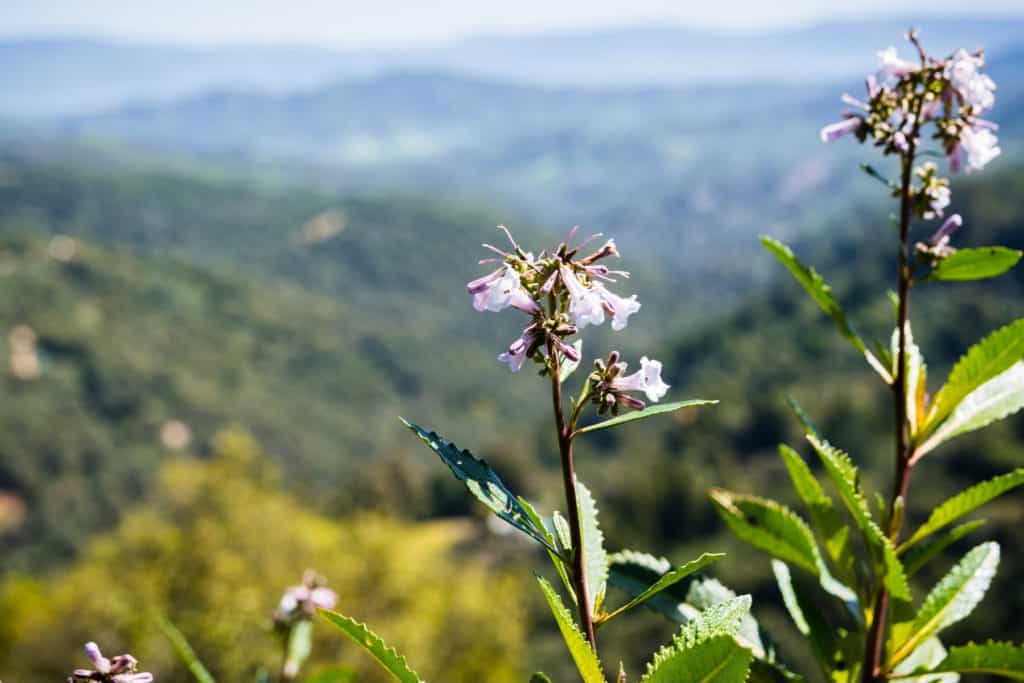
What I’ve learned over 30 years of harvesting wild plants and plants in my garden is that there is about a six-week window of difference. Let’s say that last year an herb was ready to harvest on March 15. However, this year, it could be ready to harvest on March 1 or April 15. Things aren’t always ready to harvest at the exact same time every year.
Traveling takes a lot of effort. You go all this way and then you get there and you think, “I need this plant. I just did all this traveling,” but it’s not at the right harvest time. That’s when people start to do not exactly the right thing: “Well, I’m here. I’m just going to harvest it anyway.”
It’s important to learn about the plants that we can harvest in our own garden and around where we live because we can keep an eye on when they’re ready. I used to travel about eight hours to harvest yerba mansa. Now, I grow it in a pot in my house.

Can you keep track of plant stands?
Another consideration is whether you can keep an eye on the places where you harvest. There are really some ethical wildcrafting considerations now given that so many people want to forage and wild harvest and plants are disappearing. If you travel around and harvest anywhere you want, you can’t track what’s happening to the stand that you are harvesting from.
That’s why it’s so important, I think, to harvest regionally. When we harvest where we live, we can notice from year to year, is the stand thriving? Is it increasing or is it diminishing? If you’re going to harvest a wild plant, it is your responsibility to make sure that the conditions are right and that the plant stand increases, thrives, or at least stays the same. You can only know that if you’re able to see the stand of plants on a regular basis.
If you’re not around enough, you won’t notice whether what you’re doing is having a negative impact or helping to maintain the health of the plants.
Now that we have hundreds of thousands of families onboarding into the herbal world and wanting to know how to use plant medicines to take care of ourselves and our families, this conversation of ethical wildcrafting, wild harvesting, or foraging is really important for us to have as a community.
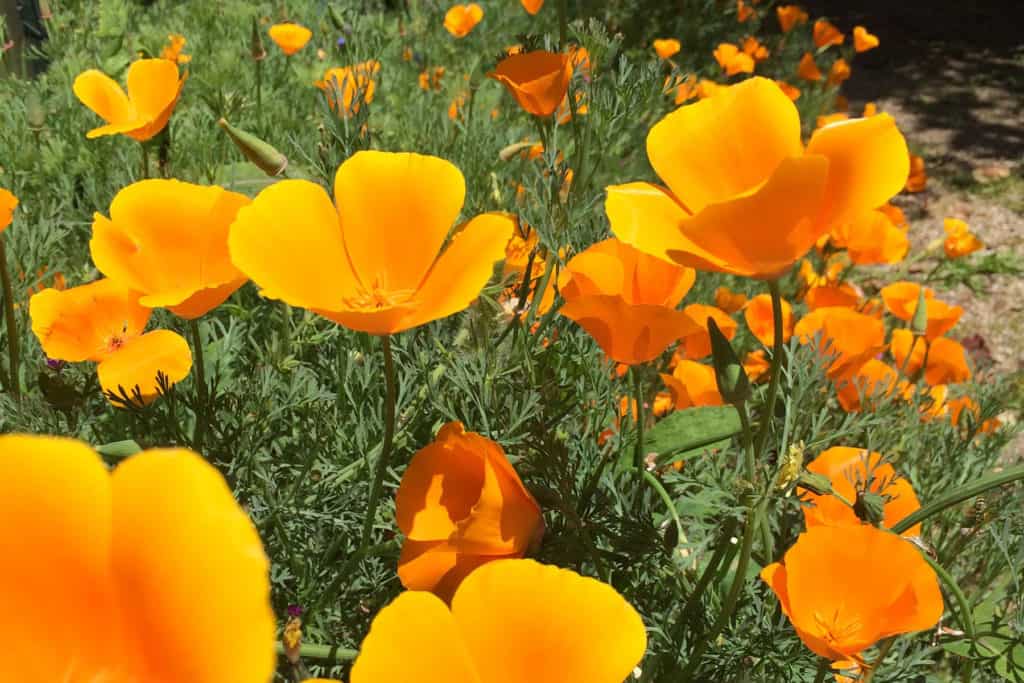
How abundant is the plant?
If you’re considering harvesting a wild plant that’s not growing in your garden, you want to think about the abundance of that plant. There are multiple layers to that piece.
Is it a plant that’s abundant everywhere? For example, plantain (Plantago spp.) is abundant across the entire planet. You probably could never overharvest it.
Is it a plant that’s just locally abundant? For example, Oregon grape root (Mahonia spp.) grows everywhere in Southern Oregon. However, when you go outside of that region, it’s a little hard to find. It’s a locally abundant herb. Does that mean you can harvest it willy-nilly like you would plantain? No.
You have to know if a plant is locally or regionally abundant. Let’s say it’s a plant that’s dispersed. You kind of see it everywhere, but it’s not really abundant anywhere.
That’s what I see now with California poppy (Eschscholzia californica). Fifty years ago, it used to have an incredible regional abundance. People tell stories of poppy-covered hillsides that looked like fire. Very few hillsides have that anymore. The poppies used to be an incredibly abundant local plant, but while they’re still around, there’s not a lot of them like there used to be.
You also have to think about this distribution of abundance and what was it like before the grazing, clear cutting, overdevelopment of housing, and environmental destruction that we’re dealing with. We really have to have a deeper understanding of the environment and what’s happening where these plants grow. We both a historical perspective and to have our mind on the future. How would our harvesting impact this plant?
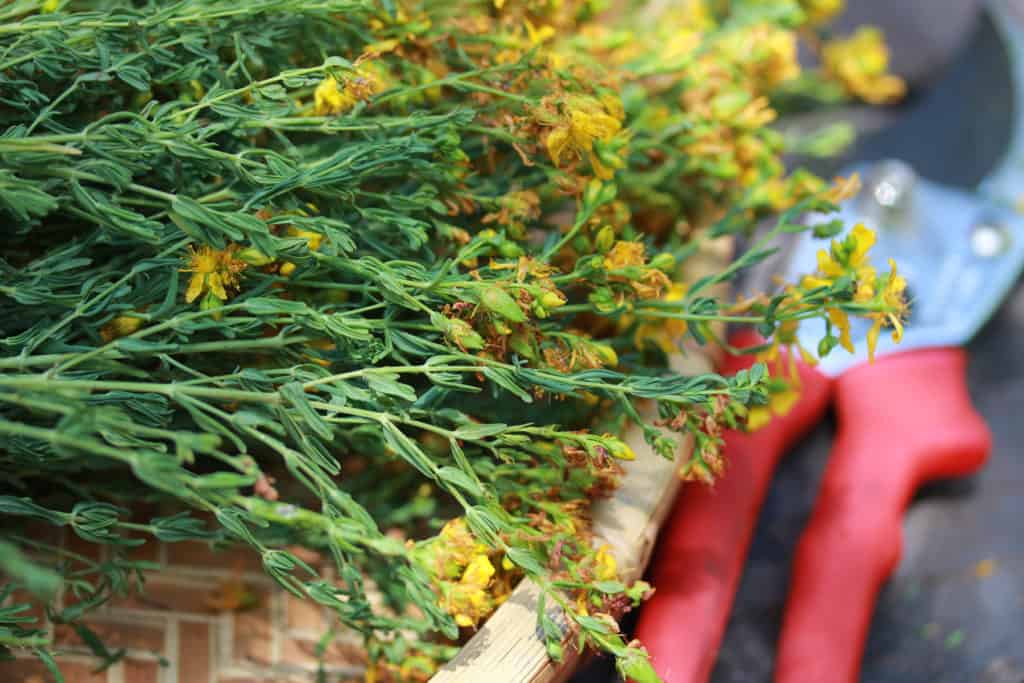
How much should you harvest?
Let’s say you found a plant that grows near where you live and you feel like you can track it. You feel like it’s been in abundance for a long time and you want to harvest it. What should you do before that?
Should you find out whose land it’s on? Should you try to talk to anybody that has a historical perspective like somebody from the Native Plant Society in your state? A lot of times, there are arboretums at the universities. Try to get to know people that have a long-term perspective about the abundance of the plant in your region. You want to also get that historical perspective.
So now that you’ve done some work around all that, how much should you harvest? What percentage of a stand of abundant plants should you harvest? 5%? 10%?
What if you harvest 5% and the next person comes along and harvest 5%? Then, the next person comes along and harvests 15%? You also need to know if there are other people harvesting where you are harvesting.
I know many stories where people have had their harvesting areas that they’ve been tracking for years, and then in the last five to ten years with this incredible awakening of interest in herbal medicine, all of a sudden, the stands that they’ve been caring for are gone.
This is an issue for ethical wildcrafting. I’m really interested in how much you think we should harvest. Should we start creating regional groups or regional guilds and keeping a record of everything that’s growing and who’s harvesting what?
What about buying wild harvested plants?
We’ve been talking about what it means to harvest wild plants. We can also look at what it means for us as consumers. Especially when we buy supplements, we can’t always depend on ethical wildcrafting and we really need to ask where our herbs are coming from.
Questions to ask might include: Is this plant organically grown? Is it ethically wildcrafted? Who’s harvesting? Where is it being harvested from, and is that place being taken care of? “Taken care of” means that we are working with the plants in a way for them to increase or continue to exist, regenerate, and not diminish.
I’d love to hear your thoughts about ethical wildcrafting or foraging. Should we be harvesting wild plants? What kind of rules and ethics do we need to live by? How do we hold each other and ourselves accountable? Please join the conversation in the comments below.
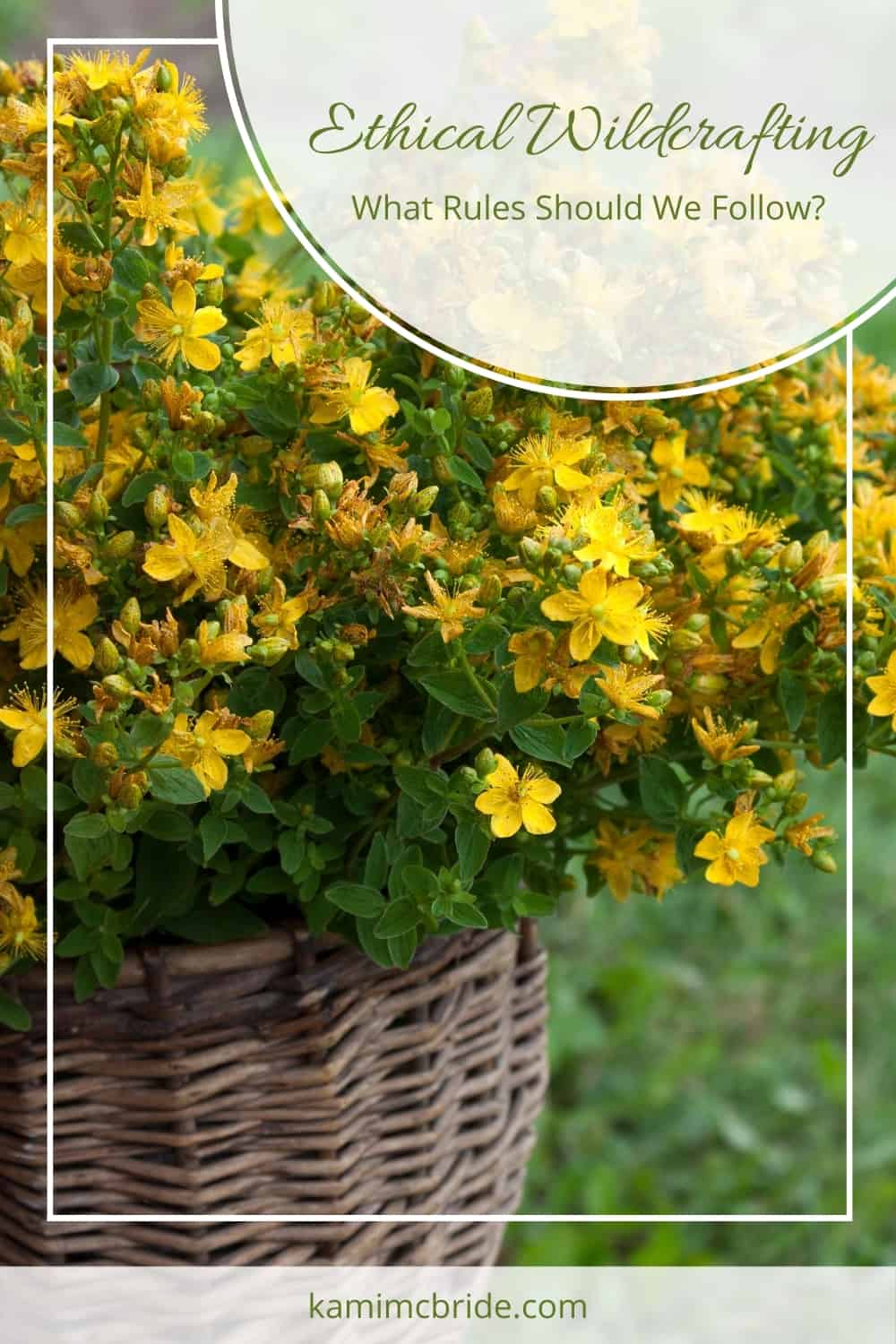

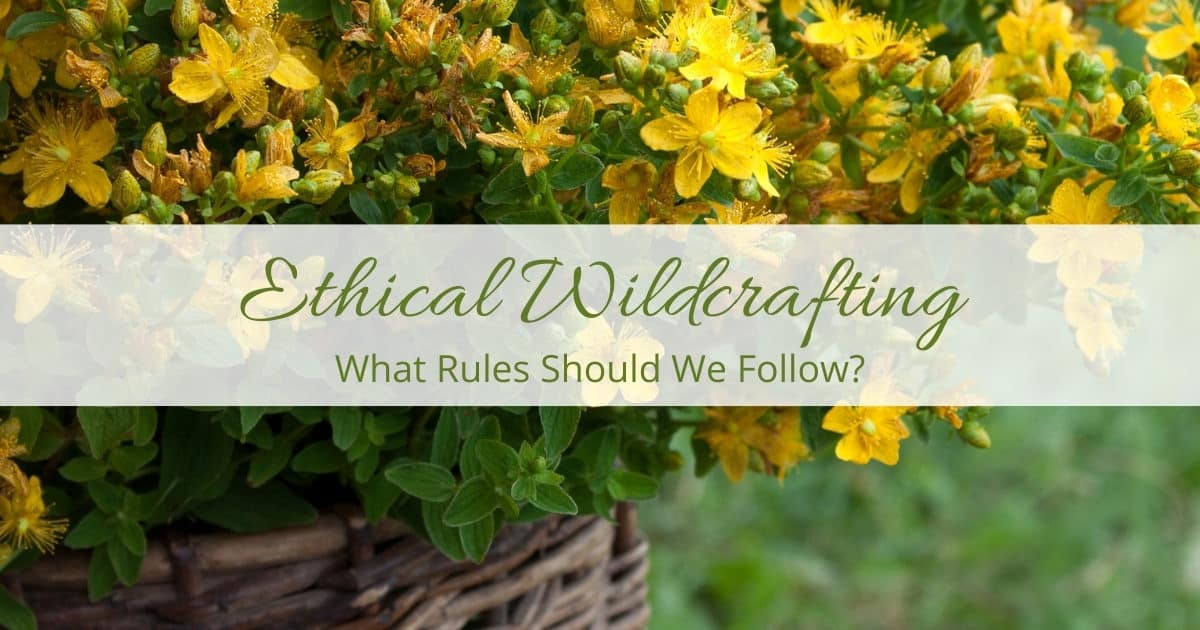

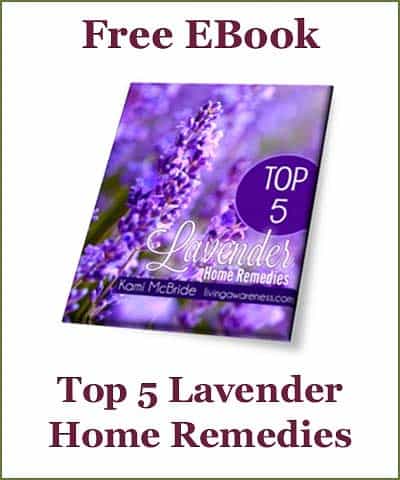
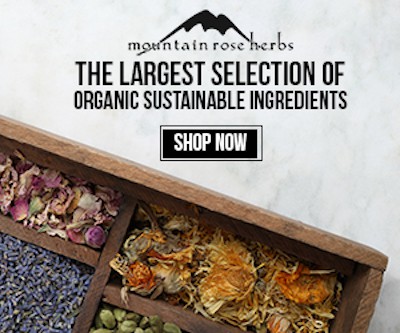
Hi Kami, Lover your posts! I’ve just found you recently. Thank you! This is such an important topic. I’m surprised I’m the first person commenting. I’m covering the folk lore aspect of herbs at a foraging workshop in April and this has been on my mind. Your question about harvesting 5%, and then someone else harvesting 5% and so on, puts it in perspective. I’ve seen a couple of different approaches to foraging. Some see it from a deficit perspective as way to survive if there is a shortage of foods. It is likely that will encourage hoarding and that… Read more »
Yes, it is so important to include the ethical discussion in foraging.